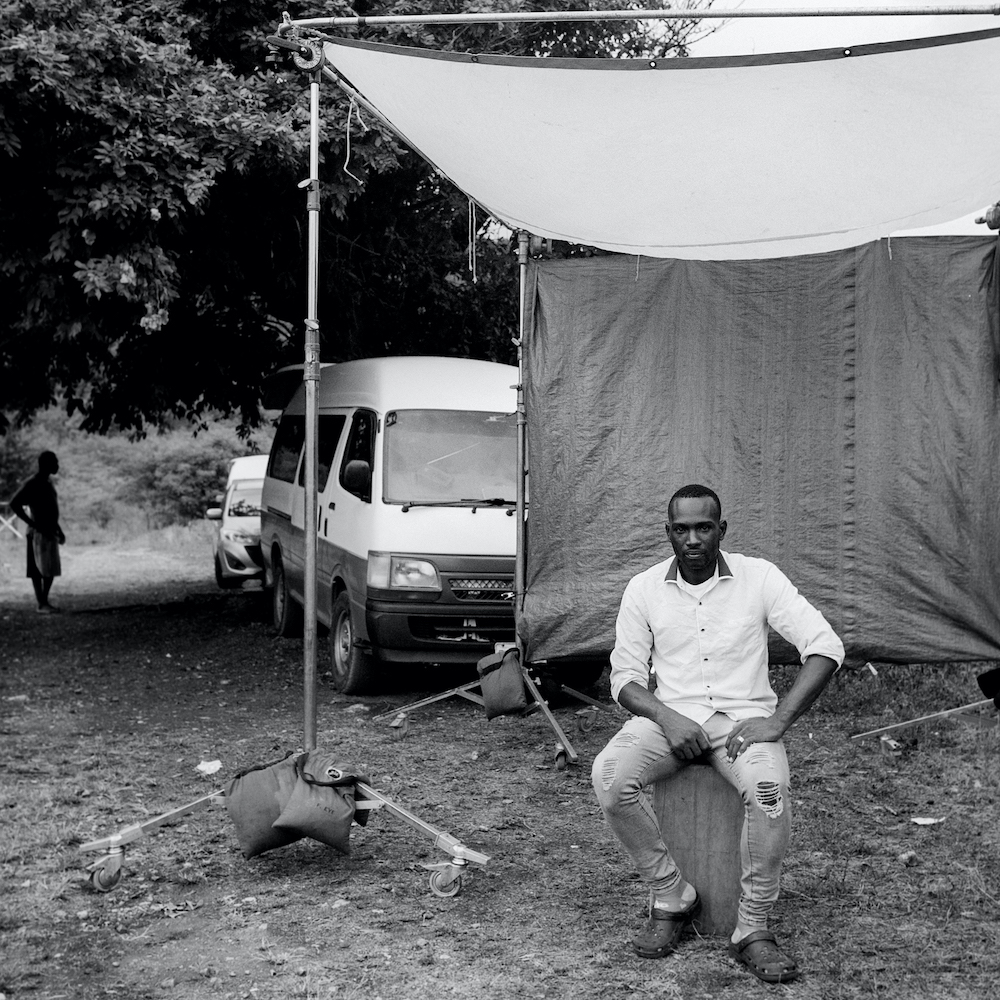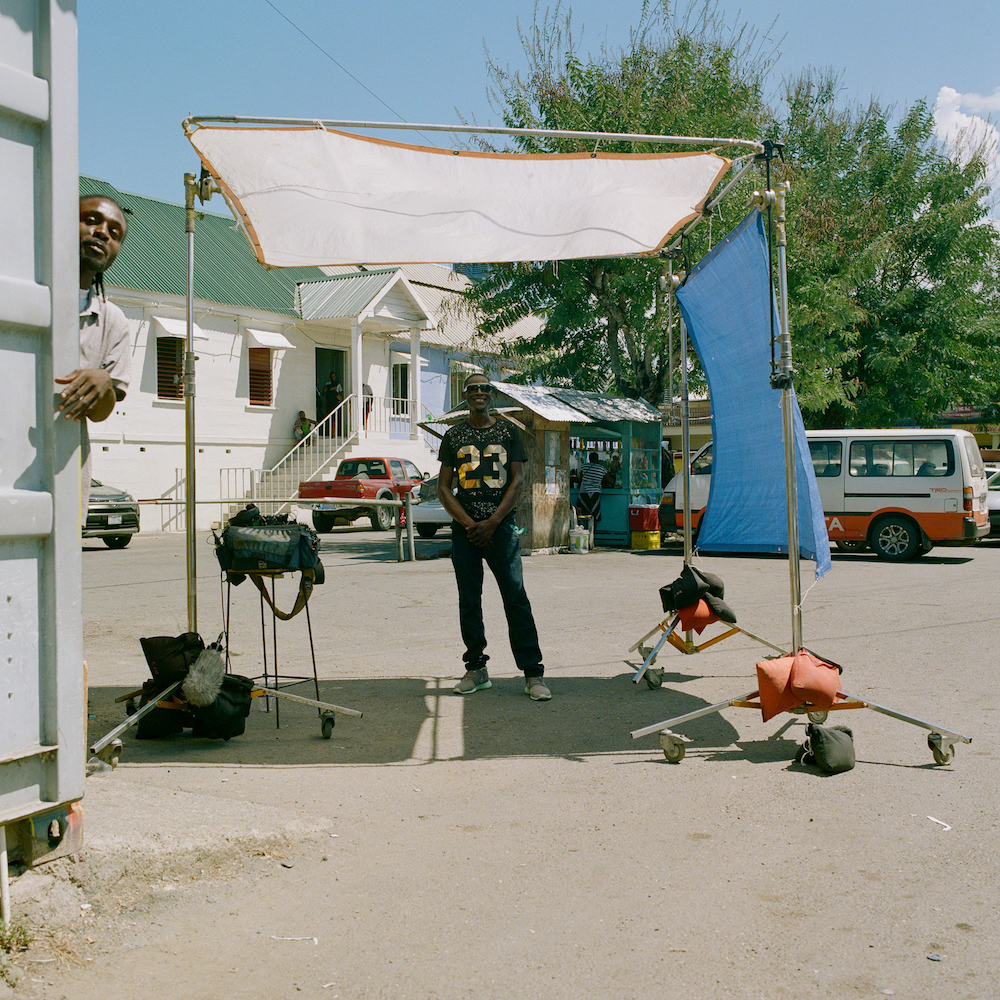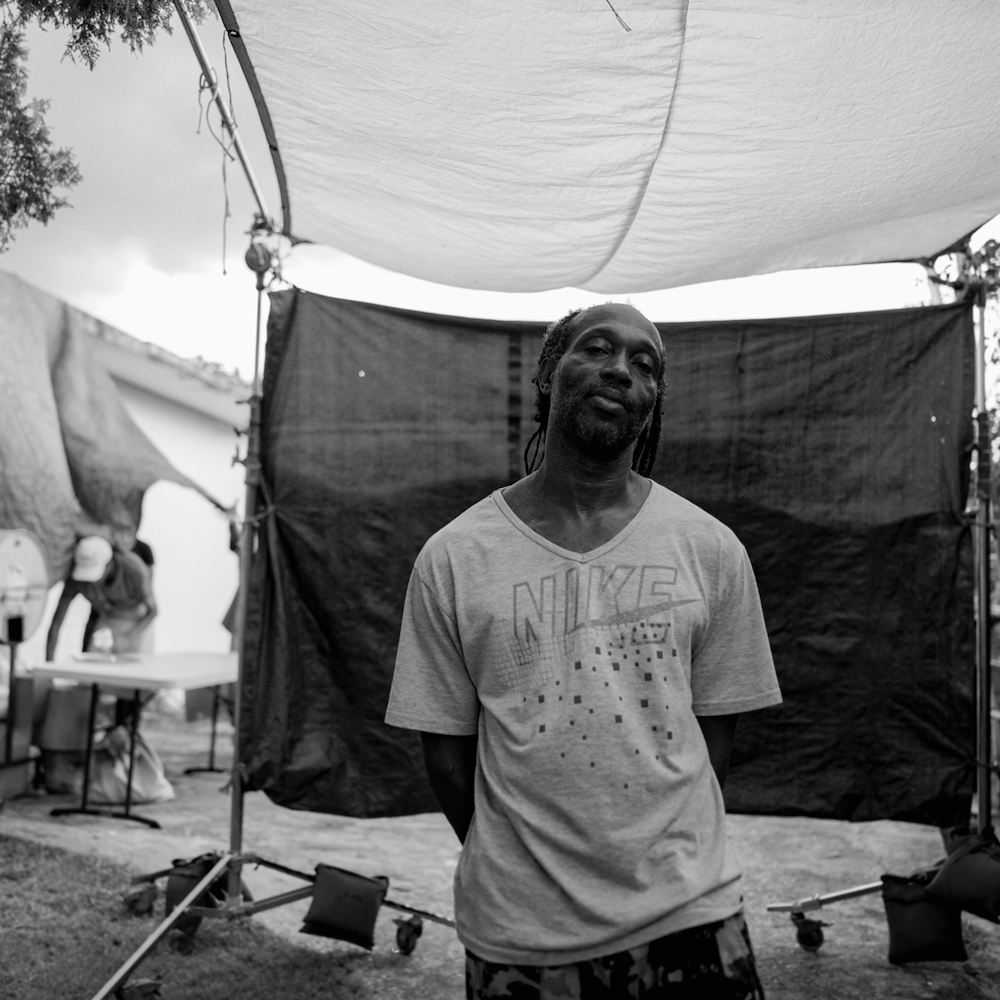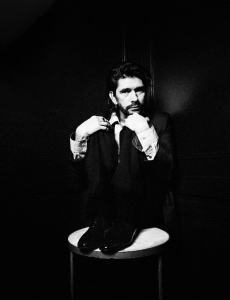Two twins, Don and Ron Brodie, explore their Jamaican heritage through a four-part docuseries

There’s nothing more enchanting than the relationship between two twins; their comparable mannerisms, ability to bounce off one another and communicate with a blank stare or a gentle glance. Don and Ron Brodie, two twins based in New York, find their similarities in more than just their looks and matching quirks: they creatively work together, too.
Having nurtured interests in film and visual arts from a young age, they both attended Howard University in Washington DC. Ron leaned into the emerging film program and later pursued videography, shifting towards freelance as an independent filmmaker and commercial director. He’s now repped by production company 1stAveMachine and enjoys “every day and every project”, he says. Don, on the other hand, found his niche in photography. After a short hiatus travelling the world, he continued his studies at Parsons The New School for Design before working for distinguished figures such as Nathaniel Goldberg, Steven Klein, Lachlan Bailey and Benjamin Lennox, among others.
In most recent times, not only have they deciphered their own production and brand, called Fun With Ron or Don (FWRD) – a collaboration formed to work with like-minded creatives and on projects about culture and heritage – they’ve also just completed their first docuseries, Driver Radio: Jamaica. An exploration into their Jamaican heritage, the four-part series chronicles the brothers’ adventures across the island, exploring the culture and people through the lens of taxi drivers. Below, we chat to the brothers to hear more about this three-year-long project and what it’s really like to work with your twin.
What’s your relationship like, have you worked together before?
Ron: Over the years, we’ve partnered on different projects. Most notably with a small collective I used to manage, called Project Fathom. We would produce music videos and commercial projects collaboratively with three other colleagues. Don was often our ‘photographer of choice,’ and I would commonly produce projects that incorporated both stills and motion. Over the last few years, we’ve partnered to curate galleries, host debates, screenings, parties and even produce strange art installations. We’ve even gone as far as to pitch each other to our respective circles if a need for our crafts would be useful.
Don: In my experience, being a twin in a related field has always required me to be ready to pitch to different people with the same amount of enthusiasm. I really take pride in knowing what my brother has been up to. It still feels like working with my idol when we get the chance to work on projects together, which can create a lot of passion and energy. I wouldn’t say we have our own language when we are teamed up. However, there is a non-verbal and very verbal communication that happens – whether it’s unexplained laughter, hands-on intense focus in silence, or Jamaican pride. It’s easy to tell beyond our appearance that we are cut from the same cloth.
R: Agreed, our pairing is an art form unto itself!
How did the idea for Driver Radio: Jamaica first come about, what sparked it?
D: For me, this project was a personal adventure in creating something culturally authentic, for which I had creative conceptual influence and control. I started this project shortly after my graduation from Parsons, and at that time, I was working at the studio solely as a photographic study. The project did not have a clear direction or timeline, although it did encompass any and everything around a loose concept: taxi drivers!
Growing up, we saw friends in Jamaica take on driving as a way to join the tourism industry. They were tending to cars (some on blocks), under the hood, tinting the windows or wiring sound systems. We had the experience of seeing their hobbies and interests in cars develop to careers and independent businesses.
We also learned so much about life in Jamaica through the storytelling and adventurous excursions. After a few family trips where I was taking pictures, Ron joined in and we discussed creating an independent documentary film and how this project could evolve, and its deeper meaning. We wanted to provide a window to an experience we were having while growing up uniquely different from our American peers.

R: As curious kids visiting Jamaica, Don and I took up an interest in a group of guys who by day worked with our aunt at Sangster International Airport in Montego Bay, and by night turned vehicle sound systems, paint, decal style and expressions to hit popular strips and parties. Growing up, we became friends as we frequently visited the island, and they often transported us to and from various family functions. When we were old enough, we’d hit the road with them, and every ride became an adventure. The experiences we had and the places we’d go provided us a broader understanding of Jamaica. As we got older, we became interested in observing other drivers in different communities and discovered the tremendous value in unfiltered culture across the island.
It’s been about six years now since Don proposed interest in documenting these adventures. Over time, we became interested in speaking with a variety of drivers to discover more about our own heritage. We were a little lost in encapsulating this concept within a two-hour feature; the docuseries result is from my approach as a filmmaker to incrementally sharing these stories.
What types of adventures did you have while making this series?
D: My biggest adventure was to Gut River and I still remember the excited expression on Ron’s face upon arrival – the same “kid-in-candy” reaction I had the first time I found it. The beautiful oasis was miles deep on a broken, overgrown road that had no signs of paradise. I had to direct our whole crew back as it was such an uncommon location for Jamaicans from the city. I remember the first day I was taken, my driver jumped out to look for a crocodile in the bushes – he was a mad man! That experience was not in the series but it is totally one I will treasure forever.

R: Visiting our grandfather’s grave in Mandeville was very moving. We had visited as children, but returning as adults and reflecting on all we have and to appreciate our Jamaican heritage was quite profound. There was a saddened sense that we had never met him in person, but an overwhelming level of accomplishment and pride that only a flash rainstorm could restore.
It was by chance that we got an exclusive with Orville Hall at the Dancehall Hostile. The phone call came late in the afternoon off schedule and after an already late night in Kingston. He only had availability because another film crew did not show up, so we jumped on the opportunity; and as the series demonstrates, it was more than worth it!
We also ran into Beenie Man, of whom many locals say haunts the dancehall because he is at every party. His talent and love of music and culture is energising at any hour!
How do you hope your audience will respond to the work?
D: The series has made it beyond friends and family; it feels like a good part of Jamaica is hip to it (as perceived from being in the States). People from around the world have reached out and said that it was the first time they had ever seen a story about real country living – it’s not just about the beautiful beaches and party one may seek when traveling to paradise for an escape. For the tourist, it is an opportunity to see the country and not just an island. It starts the conversation of more to explore. It also provides insight into a human condition that is relatable and foreign.
For the nationalists, I hope it provides a feeling of being seen as more dynamic than pop culture portrays. There are a lot of impressions out there, especially about daily life in Jamaica. Hopefully this provides another or an additional perspective to the beautiful tapestry of our culture.
R: I hope the series can serve as a conversation starter surrounding what it means to be first-generation, while encouraging others to go back to explore their own heritage. Both Don and I feel as though we are a part of a broader middle culture that is not quite domestic but still not quite a foreigner – which holds a lot in common with any other first-gen person from Trinidad, or Brazil, or Germany or even Korea. Hopefully, Driver Radio could exist all over, and the concepts “FWRD” or moving ahead with no limitations or looking back, can be embraced around the world.
The full series can be viewed on Independent Lens




